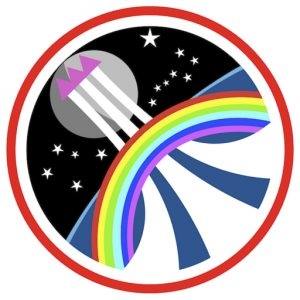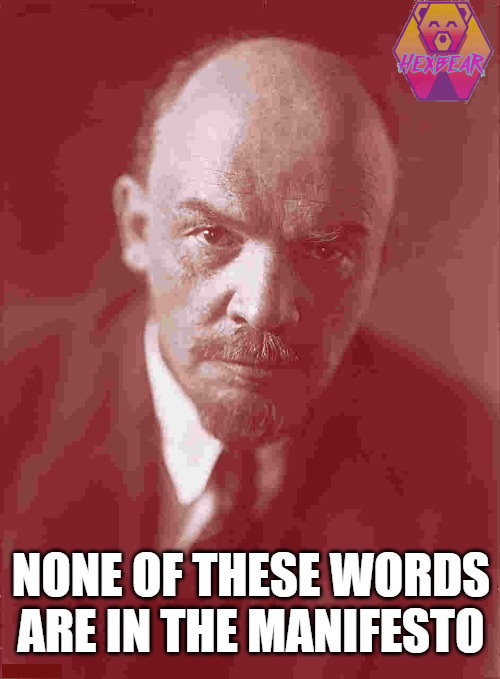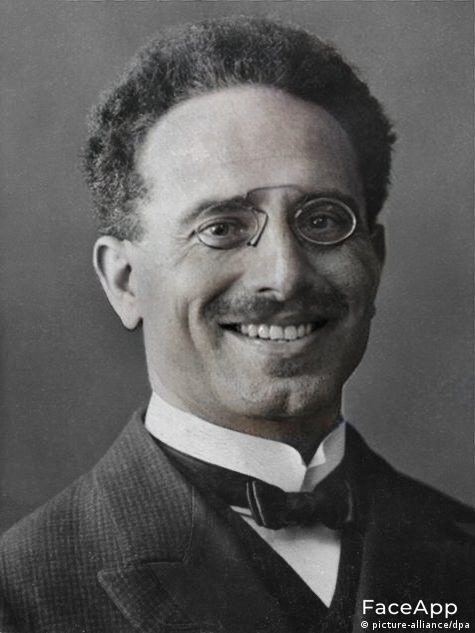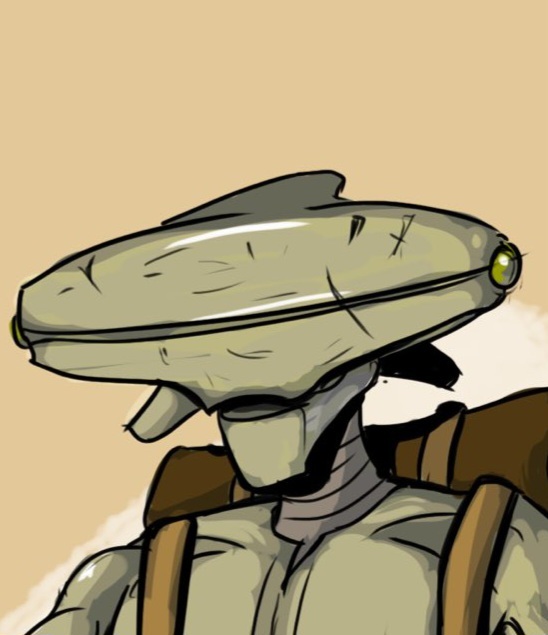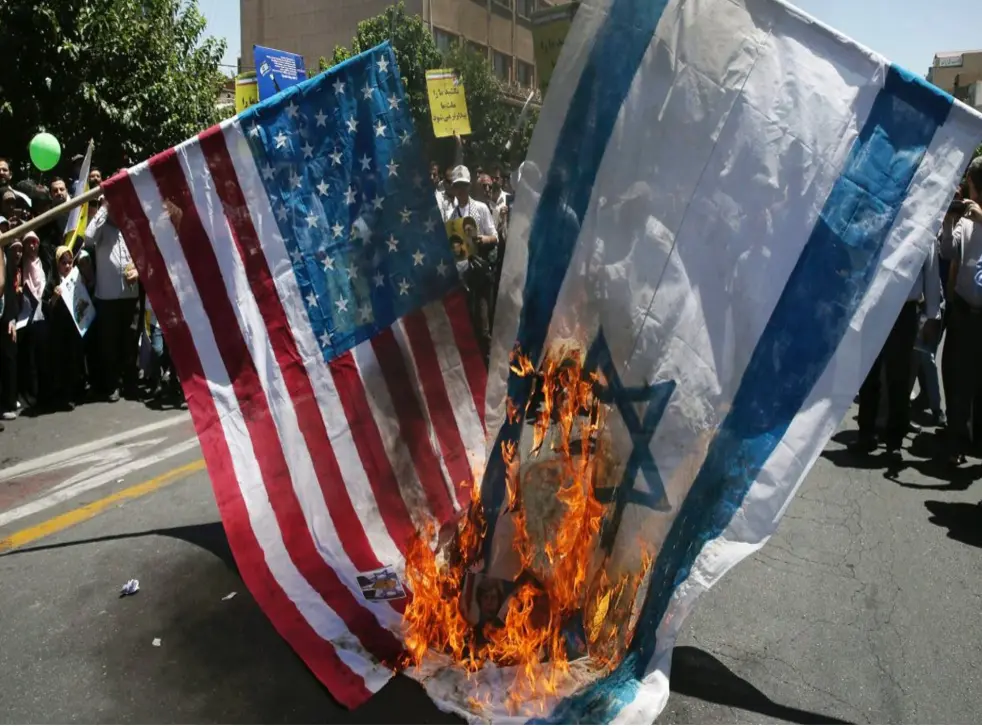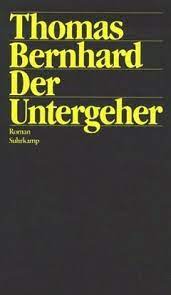Known internationally as the Cuban Missile Crisis and in the Soviet Union as the Caribbean Crisis (Карибский кризис). It is within the historical confrontation between Cuba and the United States, and in the opinion of specialists of all contemporary international relations, the most dangerous incident through which both countries and the world went through during the Cold War period. Of the long list of aggressions by the U.S. government against Cuba, what occurred during the week of October 22-28, 1962 is of singular importance. Limited in its possibilities of military manifestation to the taking of some measures that would provide a certain capacity to respond to Washington's aggressive plans and kept on the sidelines of the negotiation process between the USSR and the United States, Cuba's leading role during the October crisis was centered on the political and diplomatic field.
The first nuclear explosions were carried out by the United States in 1945, against the Japanese cities of Hiroshima and Nagasaki, the only ones carried out in combat situation in history. The Soviet Union detonated its first nuclear bomb in 1949, thus beginning the race for the development of nuclear weapons, in which the United States was four years ahead and with an industry on which not a single bomb had fallen during the past war, while the Soviet Union had suffered colossal losses during the war.
By 1962, the existing ratio of nuclear-weapon-carrying means that could reach the opponent's territory was 5 to 1 in favor of the United States. The strategic balance also favored the Americans in their ability to deliver a nuclear first strike to the USSR, due to the nuclear missiles they had deployed in Turkey and Italy.
The deepest motives of the Soviet premier, Nikita Khrushchev, in taking such a risky step, were related to the intention of reducing the nuclear gap between the USSR and the United States, with a wide advantage for the latter nation, an aspect that was unknown to the highest leadership of the island at that time.
At that time, the Cuban Revolution had triumphed three years earlier, during which time the U.S. government had tried to overthrow the revolutionary government in various ways without success, including the defeat suffered by the mercenary invasion at Playa Giron in April 1961.
The defeat did not call President John F. Kennedy to sanity but to revenge. On March 7, 1962, the Joint Chiefs of Staff proposed to "fabricate a provocation that would justify US military action" and only two days later, the office of the Secretary of Defense submitted for the consideration of the Joint Chiefs of Staff a package of measures that could serve as a pretext to justify military intervention in Cuba.
This objective became known to the Soviet and Cuban governments during those months, in a more or less certain way. When the Soviet leaders considered that Cuba would not be able to resist direct military aggression by the United States, a proposal was made to station on the island a contingent of Soviet troops with medium-range nuclear rockets capable of reaching the territory of the United States, considering that this would be the only way to prevent the aggression, since under these conditions it would no longer be against Cuba, but a direct confrontation with the Soviet Union.
On June 10, a new meeting was held in Moscow at the highest level, in which the transfer of the nuclear rockets to Cuba was definitively approved. Much was lost in the moral, political and diplomatic fields when the Soviets decided that the installation of nuclear rockets in Cuba would be done secretly, and only made public when it was a fait accompli, to which the United States would supposedly have to resign itself. The leader of the Cuban Revolution defended at all times that the operation be made public under the support of international law.
After the arrival in Cuba of the units of the Soviet Troop Grouping, US intelligence had already determined the presence on the island of anti-aircraft rockets and MiG-21 planes, unidentified constructions and the existence of Soviet military specialists.
By October 15 an interpretation team identified in the vicinity of San Cristobal several objects similar to the components of the SS-4 (R-12 for the Soviets) medium-range rocket sites.
On October 16 President Kennedy received the photos in the morning. At that time there was almost a consensus in the Committee in favor of military action, but its members were unaware that, when such action could be imminent, there were already in Cuba dozens of nuclear charges for tactical rockets, destined to repel a landing on the island, so that any drastic action by the US forces would have raised too high the risk of the outbreak of a general nuclear war.
After several days of tense negotiations, an agreement was reached between Kennedy and Khrushchev: publicly, the Soviets would dismantle their offensive weapons in Cuba and return them to the Soviet Union, subject to United Nations verification, in exchange for a US public declaration and agreement to not invade Cuba again. Secretly, the United States agreed with the Soviets that it would dismantle all of the Jupiter MRBMs which had been deployed to Turkey against the Soviet Union. There has been debate on whether or not Italy was included in the agreement as well. While the Soviets dismantled their missiles, some Soviet bombers remained in Cuba, and the United States kept the naval quarantine in place until November 20, 1962
When all offensive missiles and the Ilyushin Il-28 light bombers had been withdrawn from Cuba, the blockade was formally ended on November 20. The negotiations between the United States and the Soviet Union pointed out the necessity of a quick, clear, and direct communication line between the two superpowers. As a result, the Moscow–Washington hotline was established. A series of agreements later reduced US–Soviet tensions for several years, until both parties eventually resumed expanding their nuclear arsenals.
Megathreads and spaces to hang out:
- ❤️ Come listen to music and Watch movies with your fellow Hexbears nerd, in Cy.tube
- 💖 Come talk in the New weekly queer thread
- 🧡 Monthly Neurodiverse Megathread
- 💛 Read about a current topic in the news
- ⭐️ October Movie Nominations ⭐️
reminders:
- 💚 You nerds can join specific comms to see posts about all sorts of topics
- 💙 Hexbear’s algorithm prioritizes struggle sessions over upbears
- 💜 Sorting by new you nerd
- 🌈 If you ever want to make your own megathread, you can go here nerd
Links To Resources (Aid and Theory):
Aid:
- 💙Comprehensive list of resources for those in need of an abortion -- reddit link
- 💙Resources for Palestine
Theory:
- ❤️Foundations of Leninism
- ❤️Anarchism and Other Essays
- ❤️Mega upload with theory for many tendencies
Remember nerds, no current struggle session discussion here to the general megathread, i will ban you from the comm and remove your comment, have a good day/night :meow-coffee:
I mean if he was a homosexual, he might have done it to avoid outing himself. He would have died in the holocaust.
oh sorry was he not born and raised in Germany? It sounded like he was from the way you described it, and I thought, like, this guy might have been trying to be seen as masculine as possible to avoid getting outed and sent to a concentration camp. If he just volunteered for a foreign military service because he genuinely believed in the cause then, like, fuck him. obviously.
Lmao my partner excused themself from the table after a parent dropped "unions are a necessary evil", so I texted them the Another Kracka Down meme
:took-restraint:
Unions are a necessary.
One of my parents has the 80s "unions got too greedy" brainworms.
:grillman:
Unions got too squeamish about targeted assassination campaigns. The ATC Union could have directed a 737 in to Air Force One at any time.
New Megathread Nerds!!! :posting: :USSR:
@aaaaaaadjsf @Abraxiel @Acute_Engles @AnarchaPrincess @Antilope @Alaskaball @BrookeBaybee @bbnh69420 @buh @CARCOSA @cawsby @CDommunist @Cheesewizzard @Cherufe @ClathrateG @ClimateChangeAnxiety @clover @comi @Commander_Data @COMMENT @ComradeCmdrPiggy @ComradeEchidna @context @congressbaseballfan @corgiwithalaptop @crime @Cromalin @CyborgMarx @Dawn_Beveridge @DinosaurThussy @Diogenes_Barrel @Dirt_Owl @Donut @drinkinglakewater @Eco @ella @ElGosso @el_principito @EmmaGoldman @FidelCashflow @Flinch @flowernet @forcequit @Frogmanfromlake @GalaxyBrain @ghosts @Goadstool @GoroAkechi @Grownbravy @GVAGUY3 @HarryLime @hexaflexagonbear @HoChiMaxh @Hohsia @Ideology @JamesConeZone @Kanna @Kaputnik @Koa_lala @kristina @KiraNerys @LesbianLiberty @marxisthayaca
@MaxOS @MaybeNickCage @MelaniaTrump @Mindfury @Nakoichi @Ness @PM_ME_YOUR_FOUCAULTS @PorkrollPosadist @President_Obama @PurrLure @Ram_The_Manparts @Redcuban1959 @REallyN @RNAi @RoseColoredVoid @solaranus @SorosFootSoldier @Sickos @silent_water @Sphere @Spike @spring_rabbit @take_five_seconds @TankieTanuki @Tervell
@TheSpectreOfGay @ThisMachinePostsHog @ultraviolet @UlyssesT @Venustum @viva_la_juche @WhyEssEff @WIIHAPPYFEW @wtypstanaccount04 @Yanqui_UXO @Zoift@thelastaxolotl @WhoaSlowDownMaurice @Quimby @Lydia
Remember nerds, no current struggle session discussion here on the general megathread, i will ban you from the comm and remove your comment, have a good day/night :meow-coffee:
The problem with American atrocities is that once you start to learn about them you can't stop.
The atrocity part is also a problem but hopefully not for you personally.
Only on a basic human level - I have no ties to the area, and went in basically ignorant of Indonesian history, so its a really interesting book.
Death to America.
I literally can't start, it's too fucking painful to read, like the rest of history books detailing how evil won.
I went through 200 of its 245 pages yesterday and am finishing it up now.
It's harrowing.
Death, and I cannot stress this enough, to America.
according to the new Harris poll, the most popular institutions among americans are: (1) the US military (2) Amazon (3) the police, (4) the nation of Ukraine lol
I mean, consider the type of person who logs in on their device and willingly answers a Harris poll. There's definitely a major bias here, even if the overall results make sense
Bullshit. How do people like the police more than the post office or the fire department or sesame street?
I honestly cannot get enough of the CA DMV Bot on Twitter. The idea of being the person that gets to approve or reject vanity plates is a dream job for me. To produce assessments of this quality, you truly have to be a bureaucrat’s bureaucrat.
I enjoy how you can identify individual bureaucrats based on writing quirks like weird ellipses or inventing their own word like "felatious act".
Without being too specific, I used to work closely with the vanity plate approval process in one of the states. Loved to browse the list of banned ids and patterns which were definitely the result of someone actually trying it lmao
oh so when a billion crabs go missing everyone suddenly likes and enjoys crabs and wants them around but when I refuse to give my girlfriend the results of my last STD test suddenly
I keep thinking about someone I saw on a fitness subreddit a while back asking if drinking four or five beers a day was good for bulking - then duking it out in the comments with everyone piling onto him.
if drinking four or five beers a day was good for bulking
They are right and it works but the problem is if you stop exercising like I did when I got sick then now you're a fat alcoholic
I vaguely remember seeing some purported menu for old timey strong men that claimed they drank like 2 gallons of beer a day along with enough meat and butter to kill an otherwise healthy 42 year old man.
makes sense like beer is a lot of calories
I did the math because I'm an alcoholic and it's definitely a lot less calorie heavy to get shloshed on liquor. The beer I drink is like 9% abv and 250-300 calories, a shot of vodka is like 100 calories
Tragic that liquor has less calories than orange Voodoo tbh
Dad is in the hospital, I have $15 left to my name, and my car won't start, I dunno if it's the battery or what now but I'm boned. I'm trying to ask a family friend if she could get her husband to get me a jump for tomorrow so I can go get food but so far no luck. Comrades, I might have to ask on here in !mutual_aid@hexbear.net for help tomorrow.
ofc she can't help me, she never helps me. ffs what a waste of time. Alright, I'll make a thread later on tonight and see if anyone out there can cover the fee for my insurance to send someone out here to take a look at my car.
Do you have a friend with AAA? They can pretend it's a car they're driving (it doesn't have to be their car) and get someone to at least diagnose your problem. If you just need a jump or something like that it'll be free.
Well damn.
Basic membership is $54 (up to four service calls a year, seven miles of towing per service call, free battery service [but not a free battery] / jumpstarts, locksmithery, help with flat tires, etc.). Depending on the general precarity of your car situation it might be a worthwhile mutual aid request of its own. I received a gift membership and it's saved me from some serious jams.
Good luck; sorry I'm too broke myself to be able to help.
Thanks I will keep this in mind and thank you for offering the help anyway comrade.
Jfc I'm in a text group of ≈30 ppl who have an interest in anime. One woman just asked if anyone knew any anime sex games geared toward women. No shame :volcel-judge:
the person who figures out how to market anime sex games to het women the same way we have so many for het men is going to make a fortune.
I somehow got the idea that the terms were coined by washington insiders and then popularised by The West Wing. Probably from listening to The West Wing Thing podcast
Pretty sure for POTUS it actually is popularized by the west wing. In fact the show opens up with a bit which wouldn't work if POTUS was already a commonly known short form.
USWNTNTNWNUWT to mean “United States” when talking about women’s soccer too
me, a poor innocent kid: "what's this 'geopolitics' thing? i should learn more about it. it seems like it will be useful to me." (clueless)
My PMC DSA cat (indoor, 14M, his name is Jackson) vehemently refuses to eat the bugs that I’m feeding him for all his meals. Am I (2F) the Asshole?
:data-laughing:





